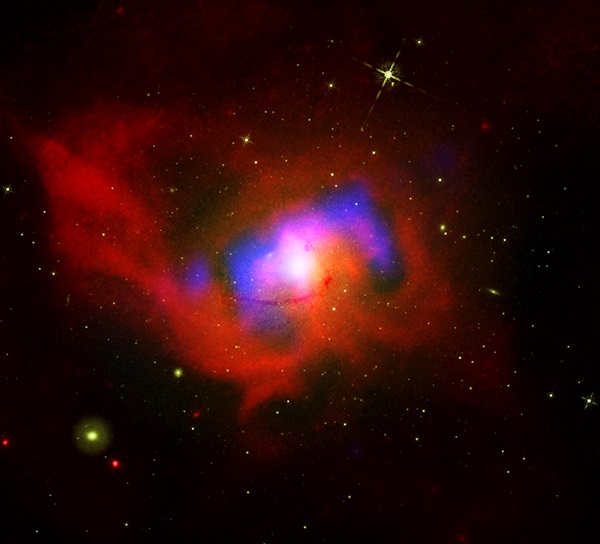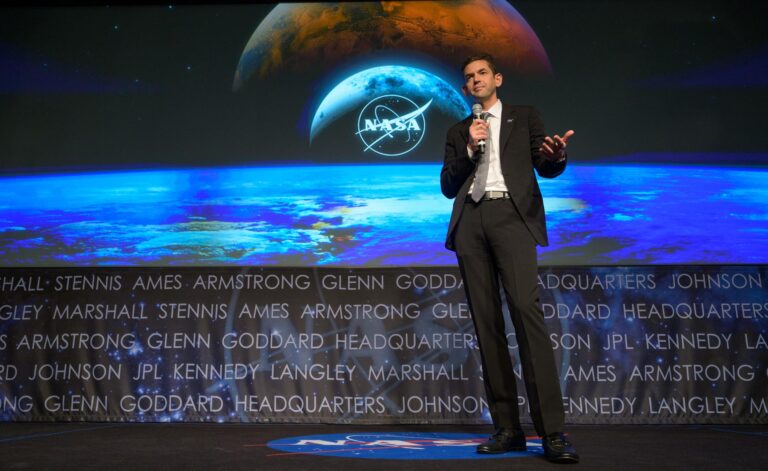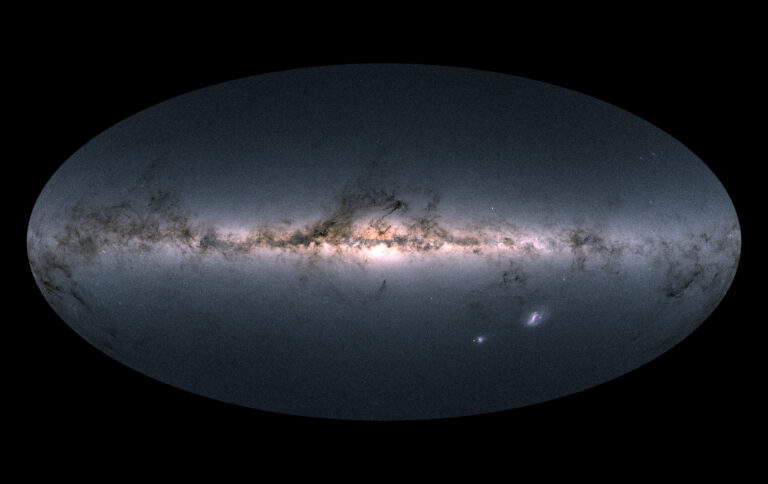Key Takeaways:
The Centaurus galaxy cluster is home to hundreds of galaxies. Within its center sits NGC 4696, a large elliptical galaxy at a distance of about 145 million light-years from Earth. Like most galaxies, NGC 4696 contains a central supermassive black hole. Astronomers know that galaxy clusters are unique environments, where galaxies are packed so tightly together that they can affect their nearby neighbors. Inside NGC 4696, the supermassive black hole has now been caught doing just that — pumping out both energy and material into the space around its host galaxy, like a giant beating heart.
A recent study combining new data from the Chandra X-ray Observatory with observations from the Very Large Array and the Hubble Space Telescope revealed the nature of the space surrounding NGC 4696. The results indicate that the galaxy’s supermassive black hole has a “pulse” of 5 to 10 million years, spewing out material at semi-regular intervals to interact with the intracluster medium (a cloud of diffuse hot gas) around the galaxy. When viewed in multiple wavelengths, the black hole shows evidence of its presence through jets that throw particles away from the galaxy, creating shockwaves and almost ventricle-like cavities in the material that pervades the space between galaxies in the Centaurus cluster.
In total, researchers have identified nine cavities spanning nearly 122,000 light-years in the gas around NGC 4696. They have also mapped out the elements present in this gas, finding that gas rich in heavier elements generated by supernovae in the galaxy has been “lifted up” by the black hole’s outbursts, pushed ever outward from its origin in the cluster’s center to enrich the space farther away. Because the gas is heated and kept hot by the black hole’s intermittent pulses, it never has the chance to cool and form stars.
Curved features in the hot X-ray-emitting gas around the galaxy are also visible, almost like sound waves traveling through air (although these waves would be at a frequency much too low to hear: some 56 octaves below middle C). These features could be due to shockwaves (think sonic booms) from the black hole’s repeated outbursts as well, although astronomers haven’t yet ruled out magnetic fields or other types of turbulence as their origin.
This work built upon previous observations of the cluster published in the Monthly Notices of the Royal Astronomical Society in January 2016, and provides further clarity to the emerging picture that the galaxies in clusters — and especially their supermassive black holes — do indeed have the power to change their surroundings.










